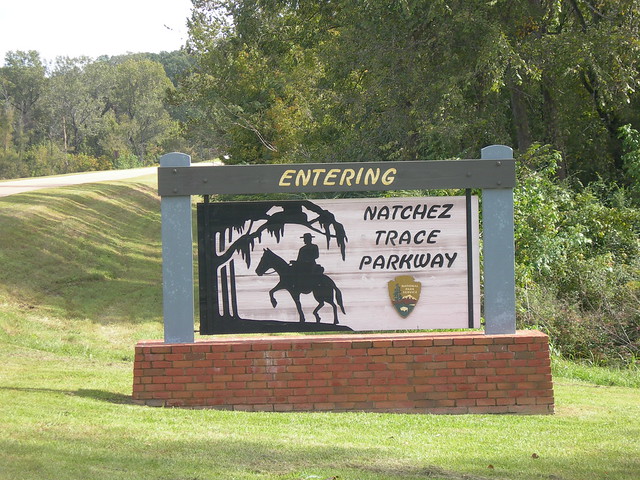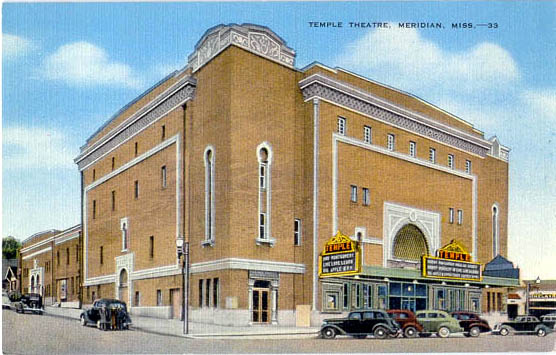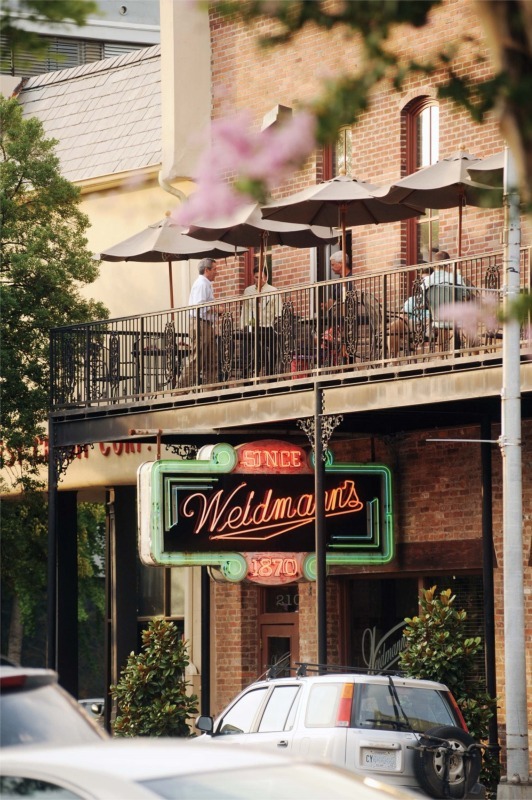In the late 1960s and early 1970s, there was an old saying around the community, If you want to go to the moon, you first have to go through Hancock County, Mississippi.
The site known today as NASA’s John C. Stennis Space Center boasts a rich and colorful history dating as far back as 1699. Indians, settlers, pirates and soldiers shaped this part of Mississippi, which now hosts modern-day explorers
[youtube]https://www.youtube.com/watch?v=kmikCdiK3Do[/youtube]
In the decades before the space age arrived, the old towns of Gainesville, Napoleon, Santa Rosa, Logtown and Westonia formed a logging and shipping center along the scenic East Pearl River. In time, these settlements gave way to a more high-tech network involving space, oceans and Earth.
In October 1961, a historic announcement was made: the federal government had selected an area in Hancock County, Miss., to be the site of a static test facility for launch vehicles to be used in the Apollo manned lunar landing program.
It was the largest construction project in the state of Mississippi and the second largest in the United States at that time.
Less than eight years later, astronauts Neil Armstrong and Buzz Aldrin walked on the lunar surface, safely transported thousands of miles by a space vehicle whose boosters were tested and proven flight-worthy at Stennis Space Center.
The selection of the Mississippi site was a logical and practical one. The land offered water access, essential for transporting large rocket stages, components and loads of propellants. It also provided the 13,800-acre test facility with an acoustical buffer zone of close to 125,000 acres, which is still considered a national asset.Saturn V Rocket
The center’s primary mission at the onset was to flight certify all first and second stages of the Saturn V rocket for the Apollo program. This program began with a static test firing on April 23, 1966, and continued into the early 1970s.
[youtube]https://www.youtube.com/watch?v=i2gU4CVDV6Y[/youtube]
Proof of the contributions made by Stennis Space Center to America’s space program was that all the Apollo space vehicle boosters did their job without a single failure, including those for the Apollo 11 mission the landing of the first men on the moon.
A new chapter was added in June 1975 when the space shuttle main engine was tested for the first time. All the engines used to boost the space shuttle into low-Earth orbit were flight certified at Stennis on the same stands used to test fire all first and second stages of the Saturn V in the Apollo and Skylab programs. Space shuttle main engine testing continued at Stennis for 34 years, from 1975 to 2009.
With the end of the Space Shuttle Program in 2011, NASA turned its full attention to returning humans to deep space exploration. Once again, Stennis will be responsible for testing engines that will make such missions possible. RS-25 engines to power the core stage of NASA’s new Space Launch System craft will be tested on the A-1 Test Stand at Stennis. The center also is testing the SLS core stage, which involves the simultaneous firing of four RS-25 engines.
Over the years, Stennis has evolved into a multidisciplinary facility comprised of NASA and more than 40 other resident agencies engaged in space and environmental programs and the national defense, including the U.S. Navy’s world-class oceanographic research community.
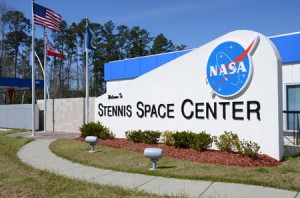 Stennis has undergone a number of name changes. Its original name, Mississippi Test Operations, was changed to Mississippi Test Facility in 1965. In 1974, the facility was named the National Space Technology Laboratories, reporting to NASA Headquarters in Washington, D.C.
Stennis has undergone a number of name changes. Its original name, Mississippi Test Operations, was changed to Mississippi Test Facility in 1965. In 1974, the facility was named the National Space Technology Laboratories, reporting to NASA Headquarters in Washington, D.C.
In May 1988, it was renamed the John C. Stennis Space Center in honor of U.S. Sen. John C. Stennis for his steadfast leadership and staunch support of the nation’s space program.
Source: Stennis Space Center Website




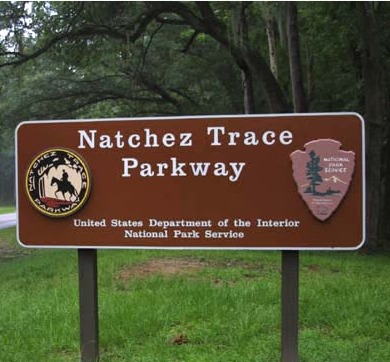
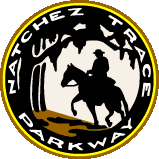 The Natchez Trace Parkway logo can be seen on signs and trail markings along the parkway. Its central feature is a two-lane parkway road that extends 444 miles (715 km) from Natchez, Mississippi to Nashville, Tennessee. Access to the parkway is limited, with more than 50 access points in the states of Mississippi, Alabama, and Tennessee. The southern end of the route is in Natchez at an intersection with Liberty Road, and the northern end is northeast of Fairview, Tennessee, in the suburban community of Pasquo, Tennessee, at an intersection with Tennessee 100. In addition to Natchez and Nashville, the larger cities along the route include Jackson and Tupelo, Mississippi, and Florence, Alabama.
The Natchez Trace Parkway logo can be seen on signs and trail markings along the parkway. Its central feature is a two-lane parkway road that extends 444 miles (715 km) from Natchez, Mississippi to Nashville, Tennessee. Access to the parkway is limited, with more than 50 access points in the states of Mississippi, Alabama, and Tennessee. The southern end of the route is in Natchez at an intersection with Liberty Road, and the northern end is northeast of Fairview, Tennessee, in the suburban community of Pasquo, Tennessee, at an intersection with Tennessee 100. In addition to Natchez and Nashville, the larger cities along the route include Jackson and Tupelo, Mississippi, and Florence, Alabama.





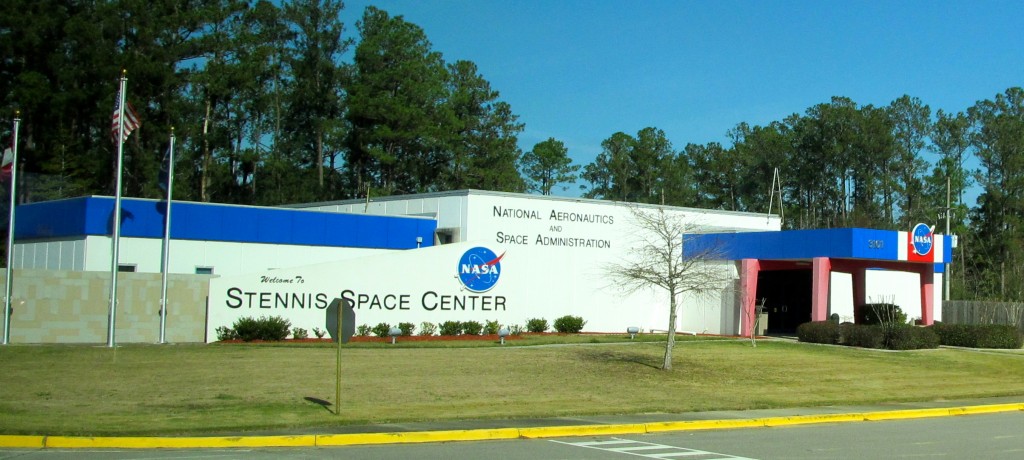


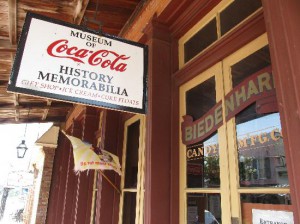

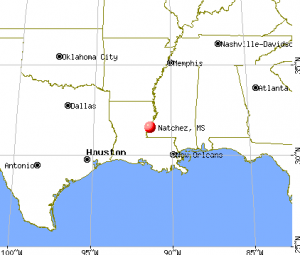
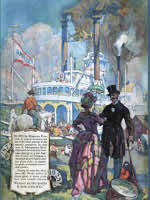




 The sweet potato (Ipomoea batatas) is a dicotyledonous plant that belongs to the family Convolvulaceae. Its large, starchy, sweet-tasting, tuberous roots are a root vegetable. The young leaves and shoots are sometimes eaten as greens. Ipomoea batatas is native to the tropical regions in America. Of the approximately 50 genera and more than 1,000 species of Convolvulaceae, I. batatas is the only crop plant of major importance some others are used locally, but many are poisonous. The sweet potato is only distantly related to the potato (Solanum tuberosum) and does not belong to the nightshade family.
The sweet potato (Ipomoea batatas) is a dicotyledonous plant that belongs to the family Convolvulaceae. Its large, starchy, sweet-tasting, tuberous roots are a root vegetable. The young leaves and shoots are sometimes eaten as greens. Ipomoea batatas is native to the tropical regions in America. Of the approximately 50 genera and more than 1,000 species of Convolvulaceae, I. batatas is the only crop plant of major importance some others are used locally, but many are poisonous. The sweet potato is only distantly related to the potato (Solanum tuberosum) and does not belong to the nightshade family.